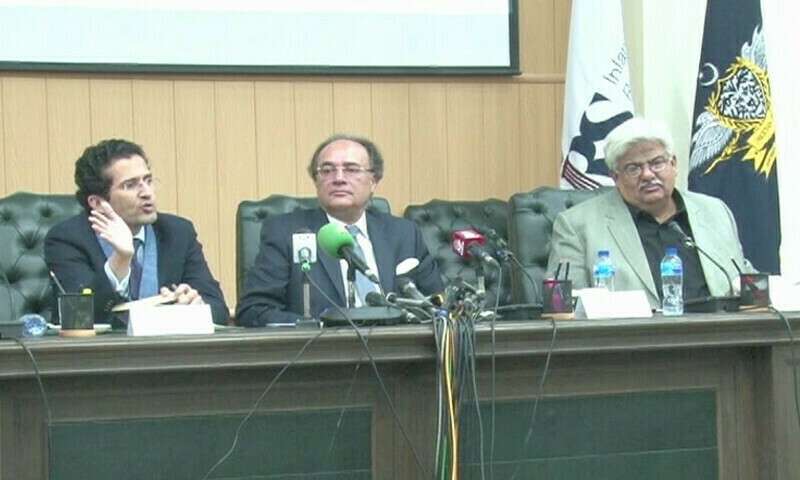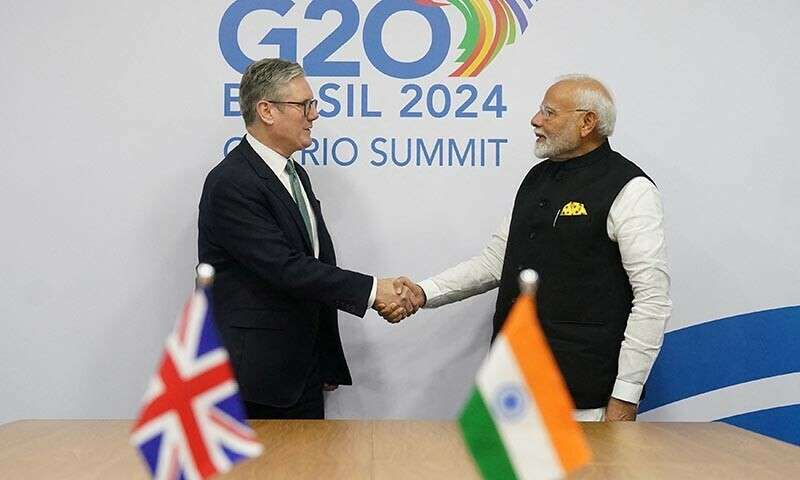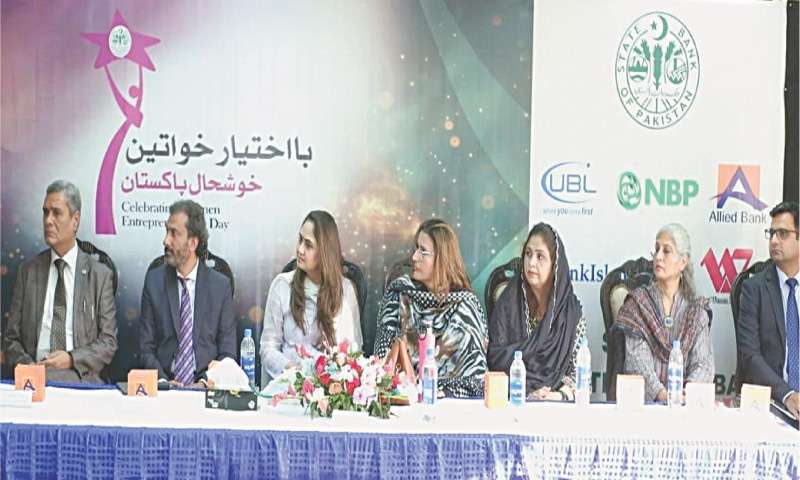FBR’s Focus on the Top 5%: A Step Toward Curbing Tax Evasion
In a bid to curb rampant tax evasion and improve the country’s tax collection system, the Federal Board of Revenue (FBR) Chairman Rashid Mahmood Langrial has emphasized the need for a targeted approach. The goal is to bring the top five percent of the wealthiest individuals into the tax net. This strategic move is part of the broader reforms announced by the government, which aims to significantly enhance Pakistan’s tax-to-GDP ratio, which currently hovers around 10 percent.
FBR’s Digitalisation Drive to Tackle Tax Evasion
The government’s ambitious plan includes an end-to-end digitalisation of the tax process. This move, spearheaded by the FBR, seeks to modernize the tax collection system and increase transparency while reducing human intervention in the process. The digitalisation effort is designed to make tax compliance easier and more effective, particularly targeting high-income individuals who are currently evading taxes.
Chairman Langrial elaborated on the approach, revealing that around 3.3 million people, falling within the top five percent income bracket, have been identified as eligible taxpayers. These individuals have an average annual income of 4.8 billion rupees. However, he clarified that the nation’s wealth gap is vast, and even if the bottom 95 percent of the population were not taxed, the country would still lose a significant amount of revenue.
The Government’s Plan to Raise Tax-to-GDP Ratio
The government has set an ambitious target to increase Pakistan’s tax-to-GDP ratio from the current 10 percent to 13.5 percent over the next three years. This target aims to boost revenue generation, which is crucial for fiscal stability and economic growth.
Finance Minister Muhammad Aurangzeb, during a joint press conference with Langrial, underscored that the government’s tax reforms and digitalisation of the FBR’s operations are pivotal in improving tax compliance across all sectors. He stressed that the focus is on the wealthiest individuals and sectors to ensure that the burden of taxes does not fall disproportionately on ordinary citizens.
Key Goals of the FBR’s Digitalisation
The digitalisation of the FBR is now in its “executive phase,” having been approved by Prime Minister Shehbaz Sharif’s administration. This phase focuses on modernising FBR’s systems to enable better data analytics, tackle tax evasion, and ensure that taxes are paid in accordance with income and consumption levels.
Minister Aurangzeb emphasized that the reforms are aimed at tackling tax evasion by wealthy individuals and businesses, with a particular focus on critical economic sectors such as sugar, cement, and textiles. Through enhanced data analytics, the FBR aims to close the tax gaps and bring more businesses under the tax net.
Impact of Digitalisation on Tax Compliance and Transparency
The move towards data analytics in tax collection will significantly reduce human intervention, which is often cited as a source of corruption and inefficiency. By integrating modern technology, the FBR aims to build a system that can accurately track income, consumption, and tax liabilities. This will not only ensure that the top earners pay their due taxes but also reduce the tax burden on the common man, who is often unfairly taxed due to inefficient systems.
The Finance Minister also highlighted that the digitisation of the tax system is designed to improve transparency and accountability. This, in turn, will foster better tax compliance and contribute to the overall economic stability of the country.
Institutionalising the Tax System
Minister of State for Finance and Revenue Ali Pervez Malik also emphasized that the government’s focus is on institutionalizing the tax system, making it more robust and transparent. The goal is to build a sustainable revenue model that can help increase Pakistan’s tax base without overburdening the common people. Malik stated that reforms in tax laws and processes were critical for long-term fiscal stability and growth.
The Road Ahead: Enhancing Revenue Collection and Improving Public Services
The long-term success of these reforms will depend on how effectively the FBR and government agencies can execute them. The focus on increasing the number of taxpayers, particularly in the higher-income brackets, is expected to result in a more equitable tax system. The government also plans to utilize data from institutions like Nadra to track individuals and businesses who are evading taxes.
In conclusion, the digitalisation of the tax system and the targeted approach towards high-income earners are steps in the right direction for Pakistan’s economy. By bringing the wealthiest individuals and sectors into the tax net, the government hopes to create a fairer and more transparent system that reduces the tax burden on the ordinary citizen while increasing government revenue for public services.
FAQs
1. What is the purpose of the FBR’s digitalisation?
The FBR’s digitalisation aims to reduce corruption, improve transparency, and ensure more effective tax collection by using data analytics and reducing human intervention.
2. Who are the targeted individuals for tax collection in Pakistan?
The FBR aims to target the top five percent of the wealthiest individuals, approximately 3.3 million people, to ensure they are paying their due taxes.
3. What is Pakistan’s target tax-to-GDP ratio?
Pakistan’s government aims to increase the tax-to-GDP ratio from 10 percent to 13.5 percent within the next three years.
4. How will the FBR use data analytics to improve tax collection?
The FBR will utilize data analytics to better track income, consumption, and tax liabilities, focusing on high-income individuals and key economic sectors like sugar, cement, and textiles.
5. What sectors are being targeted for better tax compliance?
Key sectors, including sugar, cement, and textiles, are being targeted for better tax compliance through data analytics and modernisation of the FBR’s systems.
MUST READ
https://flarenews.pk/2024/12/26/pakistan-conducts-anti-terrorist-operations-in-border-areas/



